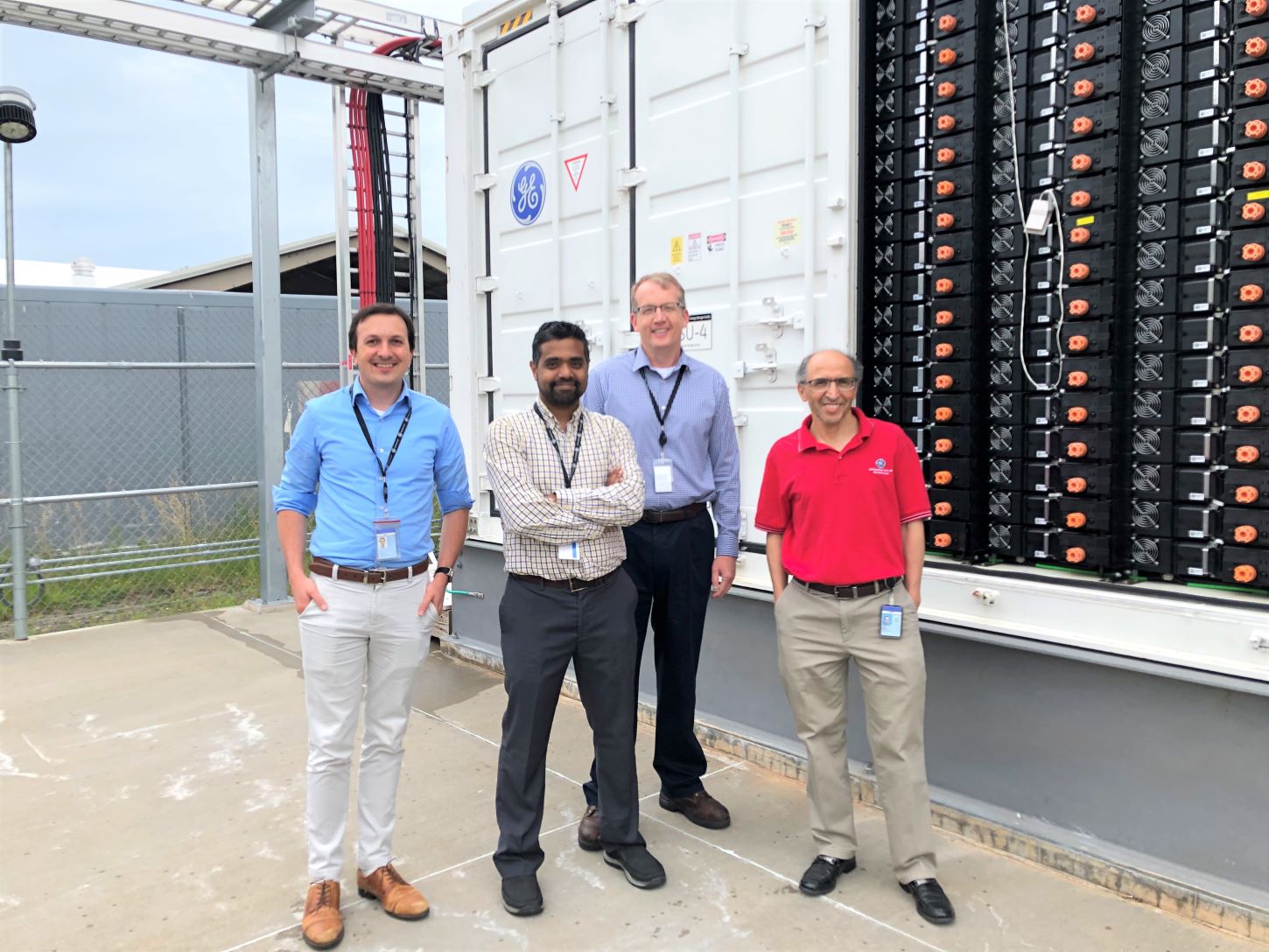GE Research working with DOE, University of Pittsburgh on solar projects

GE Research is working with the Department of Energy and the University of Pittsburgh on two photo voltaic (PV) solar and storage projects to enhance grid stability and resiliency.
On the first project, GE Research and GE Renewable Energy are partnering with the DOE’s Sandia National Laboratories (SNL) to build a 400kWh, Commercial and Industrial (C&I) Battery Energy Storage System (BESS). This will employ GE’s silicon carbide (SiC) power devices technology and grid forming controls.
“It’s exciting to see the unprecedented rates at which PV solar and other renewable resources are growing behind and in front of the meter. To support and sustain this growth, innovative hybrid solutions such as the 400kWh, 2-h BESS being developed under our DoE funded project, will play a key role in ensuring grid reliability and resiliency,” Ahmed Elasser, the principal investigator that is leading the C&I BESS project, said.
The second project features GE scientists and engineers working with the University of Pittsburgh to help utilities gain more visibility into the level of behind the meter (BTM) installed PV solar generation by homes and businesses. Specifically, the GE team is developing analytics to provide utilities with reliable grid data to estimate PV solar generation, enabling accurate grid forecasting and enhancing grid stability and resiliency.
This project aims to demonstrate grid analytics with the National Rural Electric Cooperative Association (NRECA), which represents more than 900 rural electric cooperatives that power more than 20 million customers over half of the entire U.S. landscape.
“We know that by driving new advances in sensing, analytics, and control technologies, we can bring more PV Solar online while maintaining and even enhancing grid stability and reliability,” Honggang Wang, principal investigator at GE Research, said. “Working with NRECA will provide an excellent proving ground to demonstrate the enhanced value and visibility our grid analytics can bring toward supporting the transition to a more renewables intensive energy mix.”
PV solar power has grown by 33 percent annually over the past decade in the United States, according to the Solar Energy Industries Association. Residential installations alone have grown from just ~422MW of installed capacity to more than ~24,000MW.
